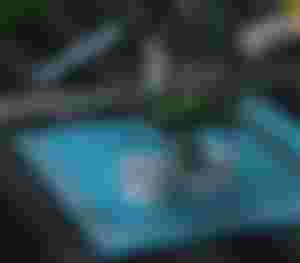
How a 3D printer works The essence of the application of 3D printers (additive technologies) is in their high precision and the possibility of applying very fine, thin layers of different fillers, the possibility of making different shapes and forms that are impossible to realize with other types of processing machines and tools. A 3D printer is essentially a robot, ie a numerically controlled machine with the ability to move along three coordinate axes. What is characteristic of today's 3D printing is that materials of different physical and chemical properties and colors can be combined - metal, plastic, rubber…

Although everything is still in the domain of "Exotic" news, the application of these technologies is first expected in fast food restaurants, which is already announced by KFC.
The popular "chicken nuggets", fried pieces of chicken in "Kentucky Fry Chicken" (KFC) restaurants, will soon be obtained from 3D printers, is the news that was recently reported by all world media.
Robotics today use so-called additive technologies, ie 3D printers in the process of developing prototypes of various devices. These technologies represent the future in many branches of industry, for example mechanical, construction, pharmaceutical… They are already successfully applied in medicine, for making prostheses of missing or damaged extremities, in dentistry for jaw reconstruction, making prostheses ... - The application of 3D additive technologies is increasingly mentioned in the technology of food preparation. For now, it is more in the domain of "Exotic" news than has really come to life.
The fact is, however, that 3D printers are a powerful digitized tool in the service of creative professionals. As such, it served as an inspiration to gastronomes who came up with the idea that by combining different nutrients with the possibility of very precise dosing of spices in the whole mass or in parts, performing decorative shapes and deep heat treatment, they get unprecedented combinations of gastronomic flavors and forms. In cooking, various syringes and molds have been used for squeezing, that is, applying whipped cream, mayonnaise and creamy pastes and making different shapes from food in order to decorate the gastronomic assortment.
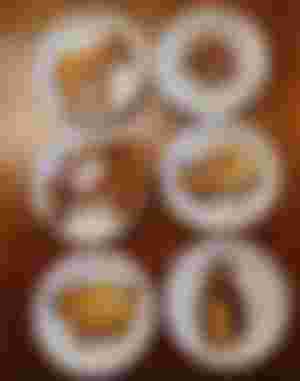
In this context, the story of the application of 3D printers in cooking is not an unexpected novelty. The application of these technologies is first expected in fast-food restaurants, on the one hand, as advertising, and on the other hand, in order to improve the efficiency of serving - says our interlocutor. However, things in this area are not progressing as dramatically as one might think. The main problem is in the "fillers", ie nutrients that are of different densities at different temperatures. For these purposes, multiple injectors are needed that have the ability to control the temperature from plus eight degrees Celsius to 250 degrees.
Food handling technology really has very different requirements for the machine. It is technically feasible, he says, to control at different points the different temperature of the material, the density, the amount of additives (spices), the speed of application or extrusion, and finally the decorative shape. In technique, he emphasizes, this is not a problem to achieve. The bigger problem is how to make compact machines that can operate with a larger number of nutrient materials of different physical and chemical properties. Elements of artificial intelligence can now be added to these machines, which should undertake certain activities of adding spices, increasing the temperature and the like in certain phases of food preparation.

Food production using a printer is still in its infancy and that the process itself is much more complicated than 3D printing of other types of materials, such as plastic or metal. The speed of the process itself is reportedly a flaw. Some state-of-the-art devices can make an incredible number of items in one minute, but this is reportedly not the case with food, because successive layers of ingredients have to be cooled, which takes a lot of time.
The process of food preparation, is relatively slow in relation to the process of plastic casting or welding of metals, which are more or less instantaneous. We ourselves know, he adds, how long food preparation takes, having in mind the process of baking, cooking, steaming ... In that sense, he says, it is difficult for 3D printers to radically speed up food finalization processes, but they can certainly contribute to more precise adherence to the recipe. and thus ensure repeatability and success. - An experienced chef knows exactly when to do what. Inexperienced people make mistakes and this reflects on quality. The machine can be learned to work like an experienced professional every time -

That is why a large number of experts already believe that printers will bring a revolution in the culinary industry, but also help reduce world hunger, sustainable production and a balanced diet. It is also stated that in that case, insects could serve as sources of protein, but also that greater use of algae would be feasible. All of these ingredients are now completely unattractive to conservative consumers. In what other direction will this technology develop not only in the food industry?
We should keep in mind that man is originally more focused on fresh (raw), not too manufactured food. In special situations (space crews or especially sensitive patients), the use of finalized food is still necessary.
3D printers at the moment cannot produce food of superior taste and texture and there is still a lot of mistrust among consumers. They are mostly used in confectionery and bakery (for example, chocolate toppings, biscuits, waffles, pasta are made), but it is a problem to master mass production of meat.
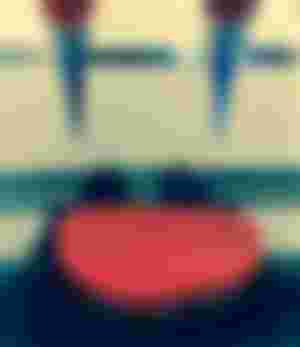
As for the basic raw materials themselves, a steak can be made from crude oil by synthetic means. If possible, no reason why technology should not advance to bring the process of processing meat or vegetables (and not just creamy materials) to feasibility levels. Already today, there are microwave ovens that deeply heat those foods. It is a matter of technique how to direct microwaves and how to control their field of action. That will happen, he estimates, if someone sees a commercial interest in it.
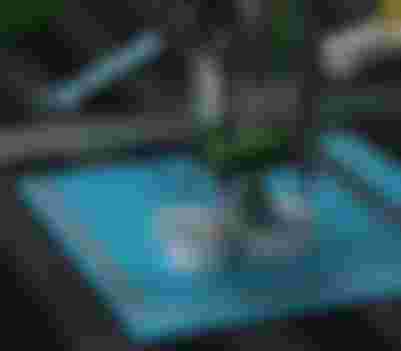
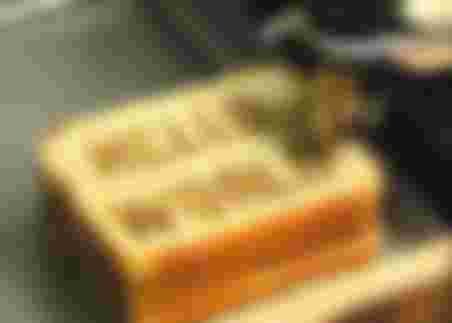
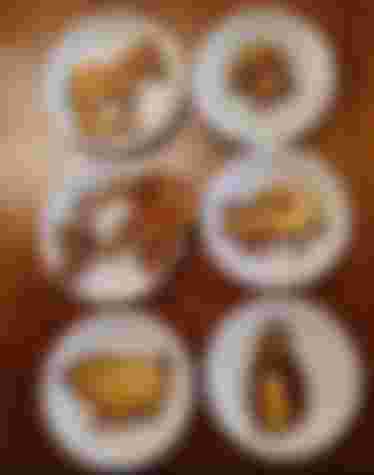
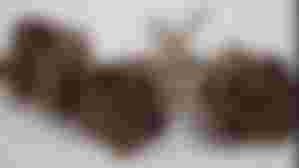
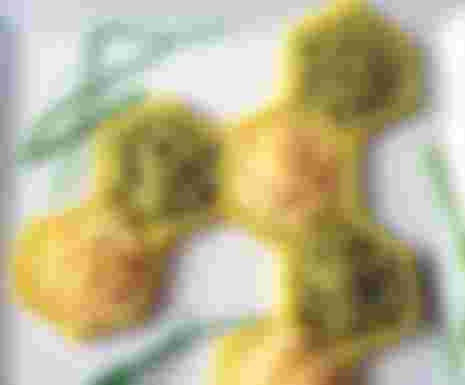

Mislim da je ovo vrlo bliska buducnost, zato sto se jednostavnim robotima mogu napraviti jako lepi detalji cak i u masovnoj proizvodnji, dvoljno je napraviti pekarsku liniju, i zaustaviti liniju na odredjeno mesto, robot napise nesto na testu i to je to, po meni je ovo vrlo bliska buducnost a mogu se na oaj nacin i postavljati brendovi razlicitih firmi, kao sto se rucno ukrasavaju torte. Kao sto je na slici napisano Hello World, na isti nacin se moze napisati i naziv neke firme, a po meni je to interesantna reklama, buducnost je blizu, kad je ova tematika u pitanju.